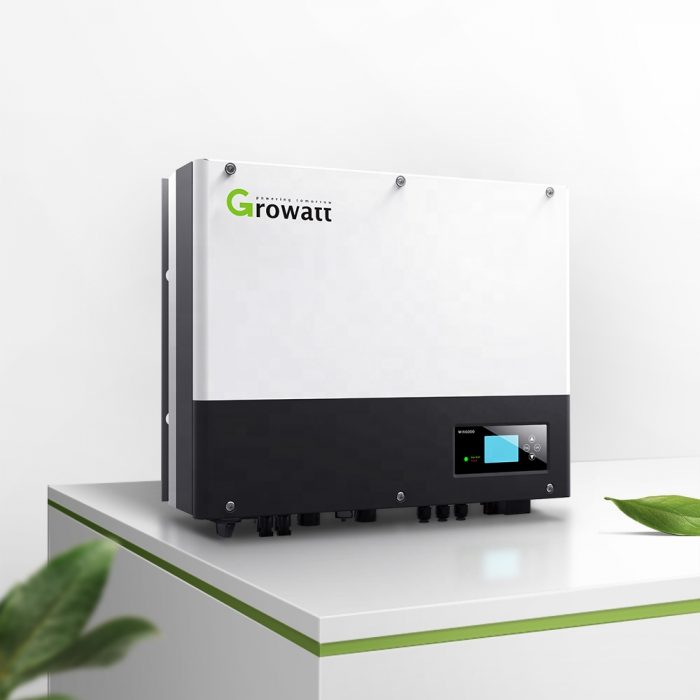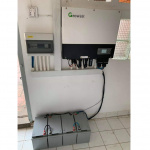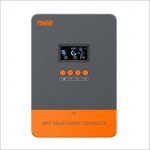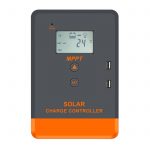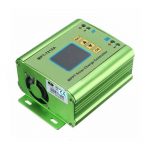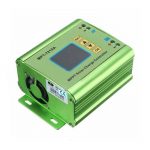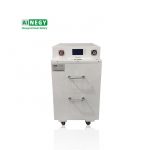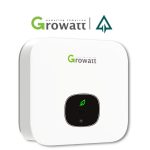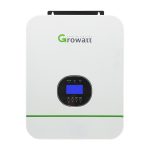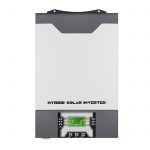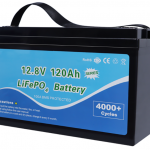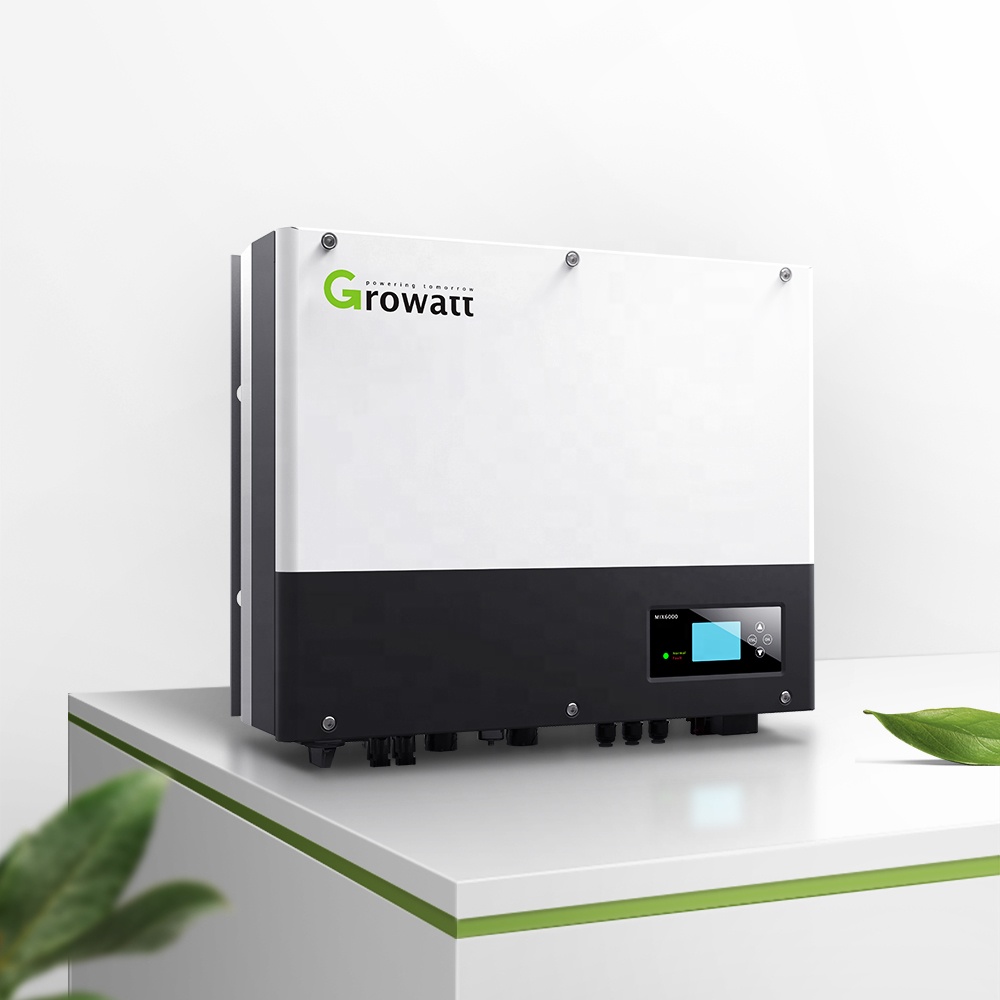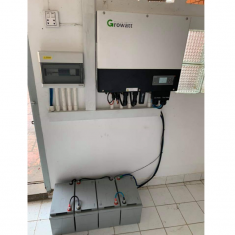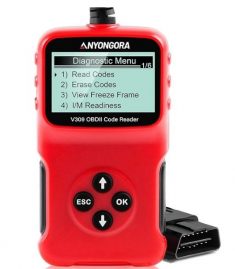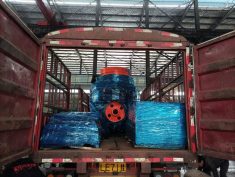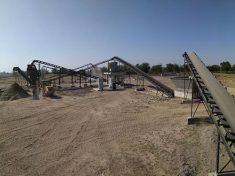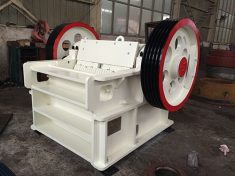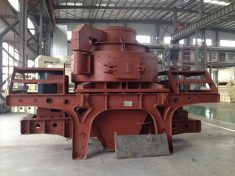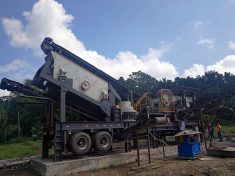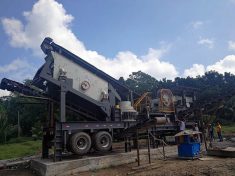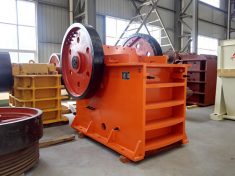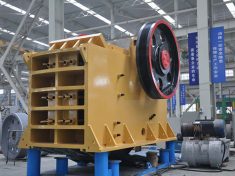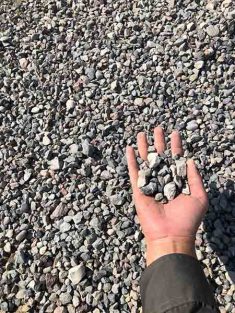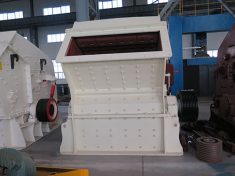The output power will change accordingly
It is a pure sine wave inverter that converts 12/24V direct current (DC) to 110/120V alternating current (AC) and 220/230V alternating current for off-grid solar power systems in vehicles (RV) and homes . It has the characteristics of clear design, small footprint, high reliability, high performance, convenient installation and simple operation.
EPever pure sine inverters are suitable for emergency lighting systems in motorhomes, vehicles, homes and ships, as well as small solar power systems. NEMA connections ensure protection and compliance. If you live in an area with frequent and prolonged power outages, our high capacity Cruze inverters are your best choice. It also runs numerous air conditioners, lights, fans and refrigerators along with typical appliances in homes and offices. While it’s an ideal converter for running an office, it can also be used as a home inverter for extended working hours.
Pure sine wave AC output is clean and distortion free. When your equipment and appliances only need pure sine wave current, using a modified sine wave inverter can cause harm. So although it looks expensive, a pure sine wave inverter can save you a lot. “Easy-to-heat” appliances like microwave ovens and motors stay cool on pure sine wave inverters. Since the PWM controller does not always run at the PV array Vmp, this results in energy loss, the greater the difference between the battery voltage and the panel array’s Vmp, the more energy is wasted.
The invention of the MPPT controller solves this problem, in favor of the MPPT algorithm, the controller automatically tracks the high power points of the PV, ensuring maximum energy is obtained from the solar array. It checks the working or function of standard photovoltaic regulators. It tracks battery charging while providing them with safety from under or overcharging. If you connect the voltage regulator directly to the battery and then to the solar module, a high quality MPPT solar charge controller will calculate and analyze the voltage at which the module can produce the most power for its capacity.
Battery Backup Inverters. These special inverters are specially designed to draw power from Solar Batteries. With an on-board charger, it is possible to keep the battery charged and transfer the extra energy to the grid. These inverters can provide AC power to specific loads in the event of a power failure. They also have anti-islanding capabilities. To check acidity, look at the float indicator. For proper operation of inverter batteries, the acid content in all batteries should be equal. If necessary, turn on the float indicator and top up the inverter battery to the specified limit with DM water.
The Solar Charge Controller detects the power generated by the solar panel in real time and tracks the highest voltage and current value (VI) to charge the battery at maximum power output. It is the brain of the photovoltaic system, coordinating the work of the solar panels, batteries and loads. Tubular batteries are more durable than flat batteries and generally have longer warranties. In-line inverter batteries for tubular batteries are slightly less expensive globally than flat-panel batteries, and require more storage space than flat-panel batteries. Tubular batteries are more durable than flat batteries and generally have longer warranties.
In-line inverter batteries for tubular batteries are slightly less expensive globally than flat-panel batteries, and require more storage space than flat-panel batteries. Weight: This is the basic way to assess quality, but if possible, it is recommended to measure the weight of the battery (minus the packaging) before purchasing. Heavier batteries will use higher-quality electrolyte plates, which, in theory, will give them a longer lifespan. However, you can only know which home inverter battery is best when you know the types of inverter batteries and inverter battery prices online around the world.
At powmr, we have a comprehensive selection of the best inverter batteries and inverter plus battery combinations for you. As the solar energy collection of the panels is affected by factors such as sunlight and dust, pollution, rain, snow and shade, the output power varies accordingly. When the sun is strong and the controller is big. Balance Charge/Boost Charge: When the battery is charged to the boost voltage setpoint, the solar controller continuously adjusts the charge current to maintain the battery charging process. Absorption charging: In the absorption charging stage, as the battery voltage increases, the charging current gradually decreases, and when the charging current drops to about 0.01C, the constant voltage charging ends.
